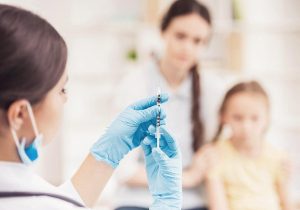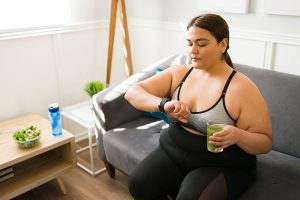Don’t skip your breast cancer screening mammogram.
This is the overarching message of an extended study of more than a half-million Swedish women. Those who missed even one recommended screening mammogram were more likely to die from breast cancer, the study found.
The new findings — which appear March 2 in the journal Radiology — are concerning given the widespread delays and cancellations of preventative cancer screenings that took place during early stages of the COVID-19 pandemic.
“You can save your own life by making sure to get your regular, routine mammogram,” said Dr. Marisa Weiss, founder and chief medical officer of Breastcancer.org and Breasthealth.org in Ardmore, Pa.
“Getting your mammogram won’t increase your risk for COVID,” said Weiss, who was not involved with the new study. “Make the call. Hospitals are safe; your mammogram can save your life.”
When performed regularly, screening mammograms can detect breast cancer in its most treatable and beatable stages.
While experts agree that mammograms are beneficial, there is debate among medical groups about when to start screening and how often to do so.
The U.S. Preventive Services Task Force recommends women who are at average risk for breast cancer get their first mammogram at age 50, and then every two years until age 74.
Meanwhile, the American Cancer Society (ACS) says 40- to 44-year-old women should consider annual mammograms, which are recommended yearly for women between 45 and 54. Older women may get mammograms every other year if they prefer, ACS says.
In the new study, women who had shown up for their two routine screening exams before their breast cancer diagnosis were 50% less likely to die from breast cancer within 10 years than women who avoided mammograms. Women who missed one of their last two recommended screening exams were about 30% less likely to die from breast cancer, the study showed.
The study covered more than 549,000 Swedish women from 1992 to 2016. During that time, 40- to 54-year-olds were advised to have mammograms every 18 months; 55- to 69-year-olds were told to screen every two years.
“For women of screening age, the take-home message is to participate in regular scheduled screens,” said study author Stephen Duffy, professor of cancer screening at Queen Mary University of London. “For providers, the message is to make the screening experience as safe, acceptable and positive as possible, so that women come back for their next screen.”
Screening mammography saves lives, said Dr. Laurie Margolies, chief of breast imaging at Mount Sinai Health System in New York City, who reviewed the findings.
“Once-in-a-while mammography is not sufficient if your goal is to decrease the chances that you will die from breast cancer,” she said. “If you miss even one yearly mammogram, the chances of dying from breast cancer increase.”
Weiss agreed that making sure you get your recommended mammogram is essential: “Don’t let it slip and slide. You don’t want to miss a year.”
If your mammogram was canceled due to the pandemic, reschedule it today, she advised.
If you’ve recently had a COVID-19 vaccination, however, be aware that lymph nodes on the side where the shot was received may swell. Because the swollen lymph nodes may show up on X-ray, the Society of Breast Imaging recently recommended women wait four weeks after vaccination to have their mammogram.
More information
To learn more about the benefits of screening mammograms, visit Breastcancer.org.
SOURCES: Marisa Weiss, MD, chief medical officer/founder, Breastcancer.org and Breasthealth.org, Ardmore, Pa.; Stephen Duffy, MSc, professor, cancer screening, Queen Mary University of London, U.K.; Laurie Margolies, MD, chief, breast imaging, Mount Sinai Health System, New York City; Radiology, March 2, 2021
Source: HealthDay
Copyright © 2025 HealthDay. All rights reserved.
















-300x225.jpg)
